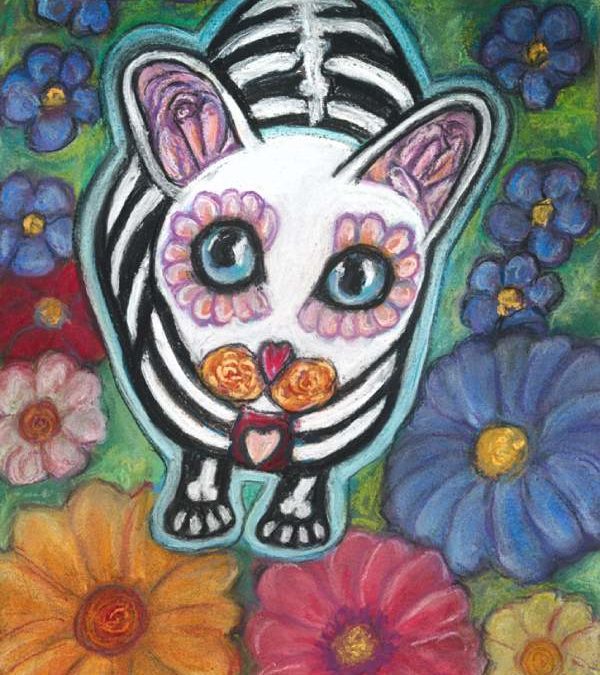If you’re an art lover, you will know about the renaissance, Rembrandt, the works of Michelangelo at the Sistine Chapel, and a certain Dutch artist who somehow managed to cut off his ear.
But the history of art goes way deeper than this common trivia. It’s been evolving and bifurcating as a discipline for hundreds of years. And today, the artistic styles we have stand atop the mountain of work that’s come before.
Are you a budding artist? Here are some major movements that changed the world as we know it.
Impressionism
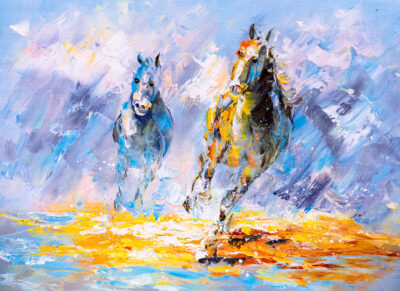 Until the 19th century, artists attempted to recreate reality as accurately as they could. Starting with the likes of Hans Holbein, painters wanted to reproduce the exact images of their subjects in watercolor, making them as true to life as possible.
Until the 19th century, artists attempted to recreate reality as accurately as they could. Starting with the likes of Hans Holbein, painters wanted to reproduce the exact images of their subjects in watercolor, making them as true to life as possible.
Before long, they’d managed to get the hang of it and were doing a fantastic job. There was just one problem: it was all a little dull.
Impressionists like Renoir and Monet came along and tried to change all that. They dropped the muted greens and blues that dominated so many of their peers’ paintings. And they began creating landscape images that made heavy use of vibrant oranges, purples, and even blacks. The result was something that looked a little bit like a landscape at a distance but captured more of the essence than the brute facts of the subject.
Cubism
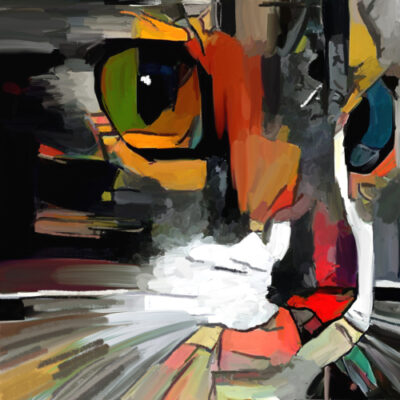 Cubism was an art movement of the 20th century, founded by Georges Braque and Pablo Picasso. The idea was to capture realistic three-dimensional images in two-dimensional form, creating a kind of surreal fragmentation of the underlying image.
Cubism was an art movement of the 20th century, founded by Georges Braque and Pablo Picasso. The idea was to capture realistic three-dimensional images in two-dimensional form, creating a kind of surreal fragmentation of the underlying image.
Picasso and Braque slowly built the movement from the ground up, primarily using a tan, brown, grey, cream, green and blue palette. Describing these artists’ visual language is hard, but it is also unmistakable once you’ve seen it enough times. Eventually, cubism broke out from the canvas to other forms of art, including architecture and painting.
Romanticism
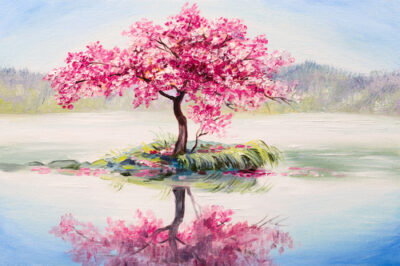 Romanticism was a colossal movement that had lasting and profound effects on western culture. At heart, it was all about expressing the personal voice of the artist. The idea is to capture beautiful notions of what life ought to be like, even if they are far divorced from the gritty reality we all inhabit. Romantic art by American artist Hilary J. England, for instance, paints scenes that are colorful, yet restful and dynamic. Thus, in a sense, romanticism is a kind of escapism – but one that manages to fool people powerfully.
Romanticism was a colossal movement that had lasting and profound effects on western culture. At heart, it was all about expressing the personal voice of the artist. The idea is to capture beautiful notions of what life ought to be like, even if they are far divorced from the gritty reality we all inhabit. Romantic art by American artist Hilary J. England, for instance, paints scenes that are colorful, yet restful and dynamic. Thus, in a sense, romanticism is a kind of escapism – but one that manages to fool people powerfully.
Surrealism
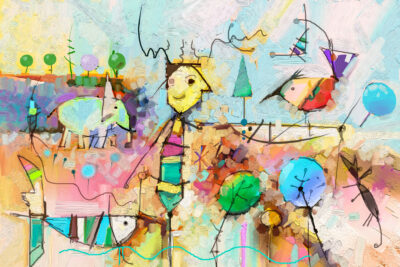 Surrealism was an artistic movement that reached its zenith during the interwar years. According to one of the movement’s major figures, André Breton, the art style attempts to reconcile conscious and unconscious experiences to bridge the gap between reality and the dream world.
Surrealism was an artistic movement that reached its zenith during the interwar years. According to one of the movement’s major figures, André Breton, the art style attempts to reconcile conscious and unconscious experiences to bridge the gap between reality and the dream world.
When viewing a surrealist painting, you can’t help but get the feeling that you’re peering directly into the irrationality of the human unconscious. Whether that is actually what is happening remains an open debate. But the characteristic art style is one of the most unusual out there.
Hey You! Don't Miss Out!

When you confirm your subscription, you'll get something special from me!
Enjoy, Ann

